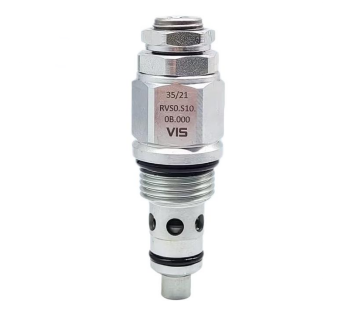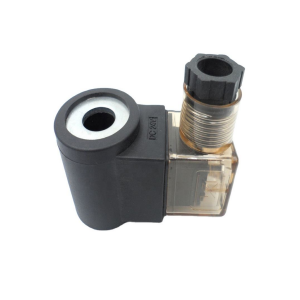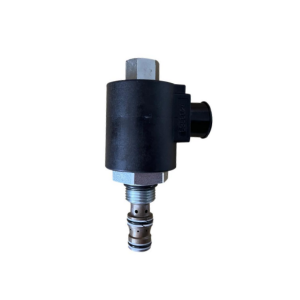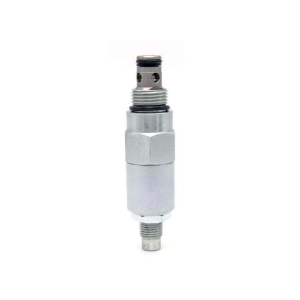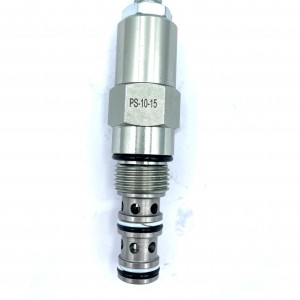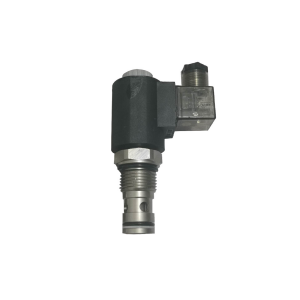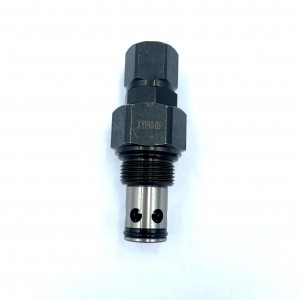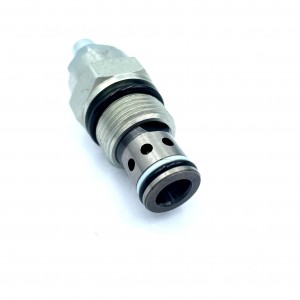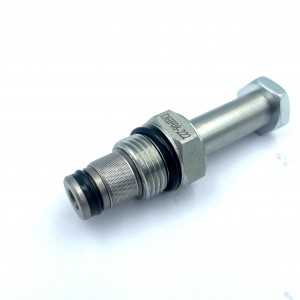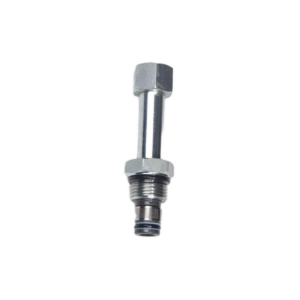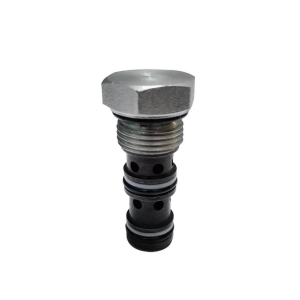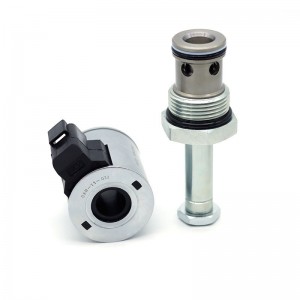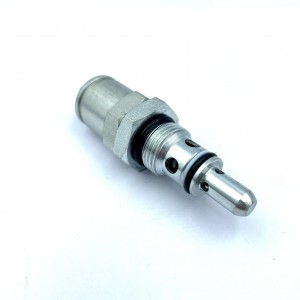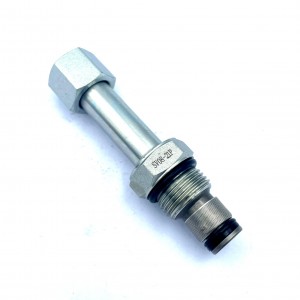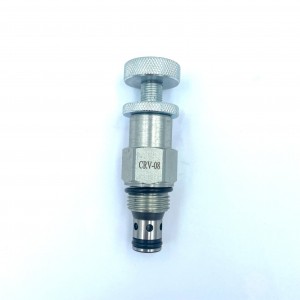Hydraulic balance valve Excavator hydraulic cylinder spool CBCA-LIN
Details
Sealing material:Direct machining of valve body
Pressure environment:ordinary pressure
Temperature environment:one
Optional accessories:valve body
Type of drive:power-driven
Applicable medium:petroleum products
Points for attention
The function and working principle of hydraulic balance valve
Hydraulic balance valve is a very important hydraulic component, its role is to achieve accurate control in the hydraulic system, maintain the balance of the hydraulic system and solve complex control problems.
Hydraulic balance valve is a high efficiency, reliable hydraulic components, it has a high working pressure, accuracy
High power and other advantages, widely used in construction machinery, digging machinery, earth-moving machinery, drag machinery, petroleum machinery and other fields.
The working principle of the hydraulic balance valve is that in the hydraulic system, when the hydraulic fluid flows to the installation of the balance valve
When plugging, the piston inside the balance valve will adjust through the internal pressure, so that the pressure is transmitted from outside the stroke to within the stroke, so that the hydraulic system can achieve balance. When the pressure exceeds the maximum value set by the balance valve, the hydraulic flow will overflow, keeping the hydraulic system at a safe operating level.
The role of hydraulic balance valve is mainly:
1. In addition to the dynamic load borne by the piston and piston rod, the piston can work continuously and the movement error of the piston rod is reduced to a minimum.
2. To control the piston stroke according to needs, so that the piston can be controlled within a certain range and achieve safe and reliable work.
3. To control the deceleration and position of the piston rod to achieve safe and reliable work.
4. In addition to the fluid internal pressure instability, to ensure the efficient flow of fluid.
5. To control the pressure of the piston stroke within a relatively small range, to achieve more stable operation and higher efficiency control.
6. To control the flow and pressure of the fluid to achieve the purpose of energy saving.
Product specification
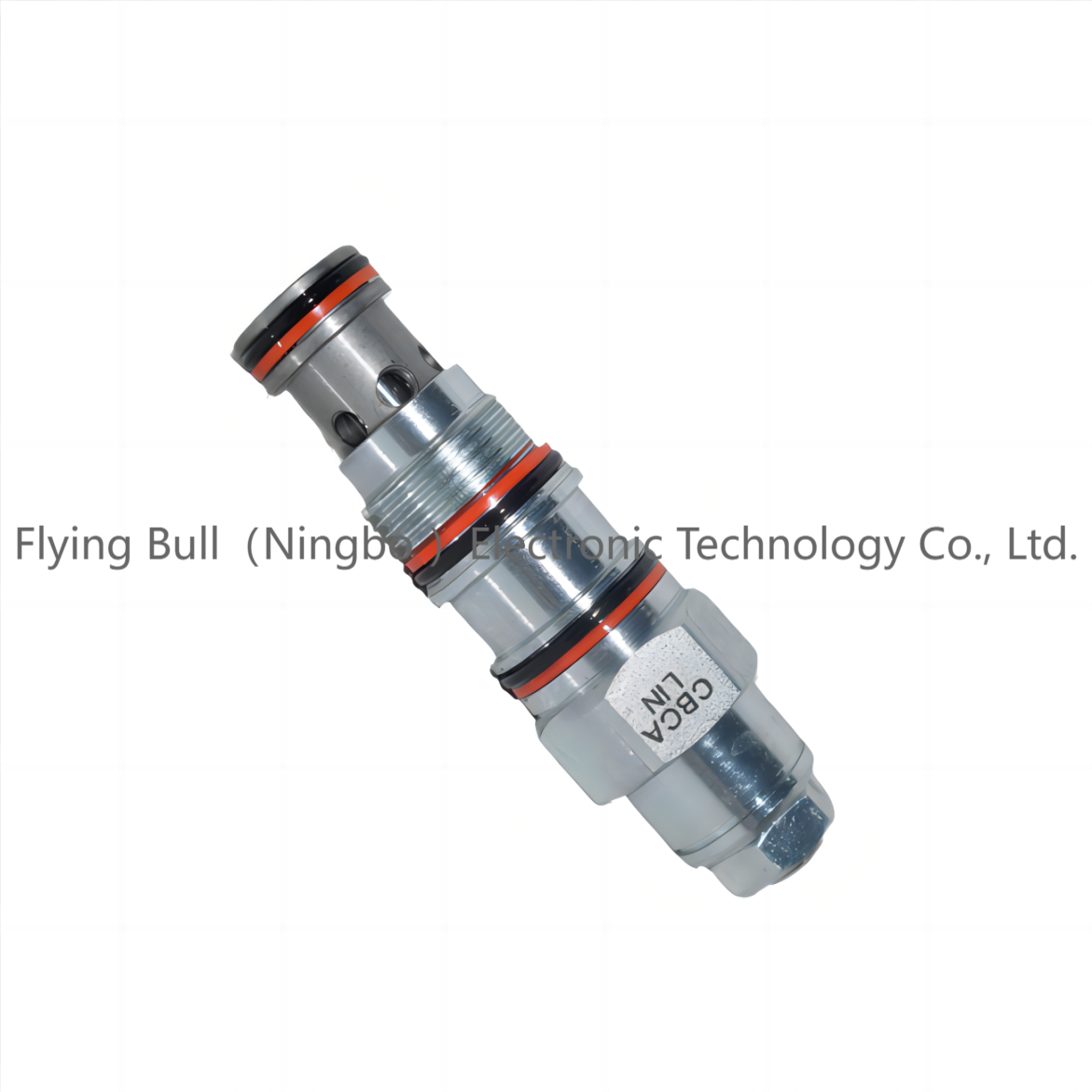
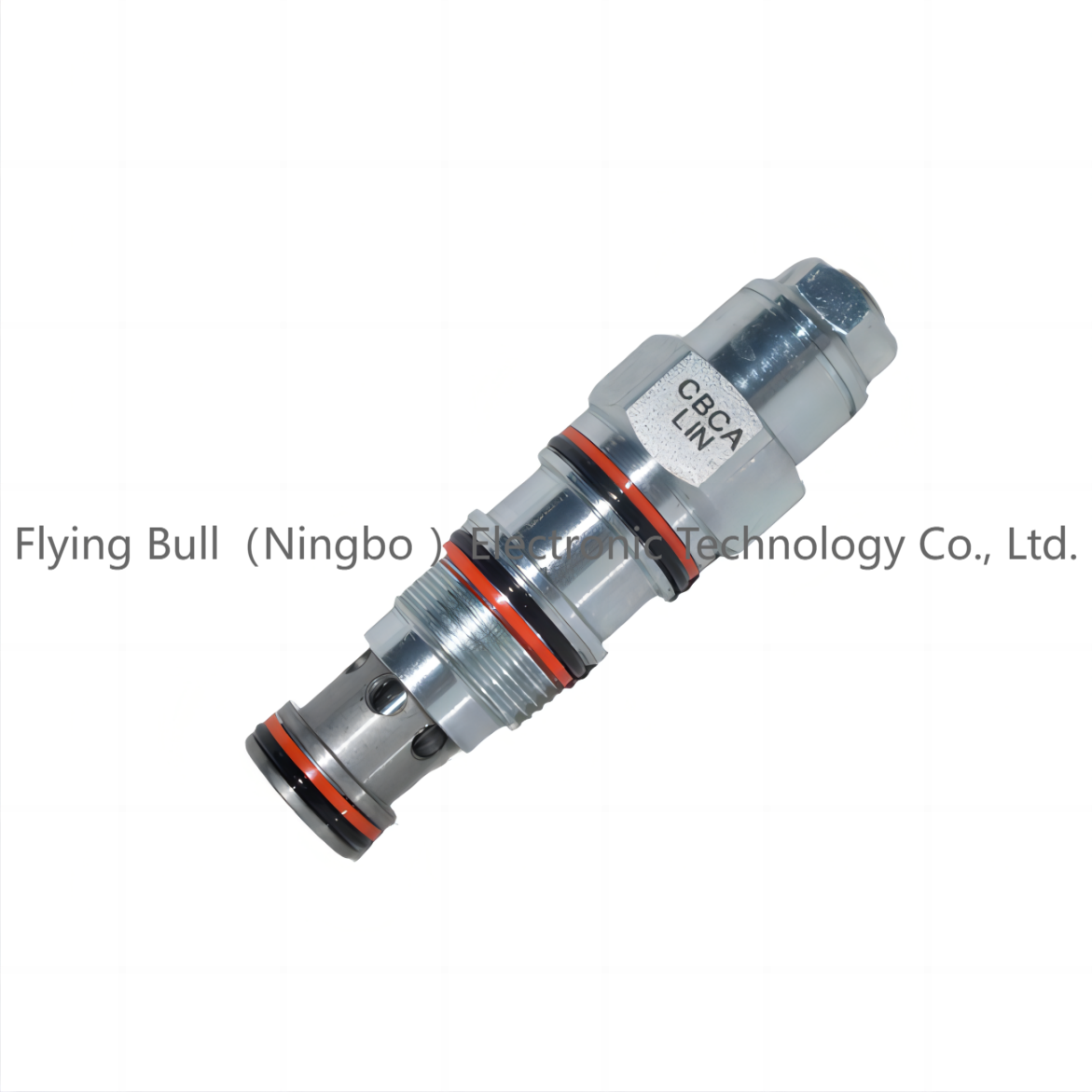
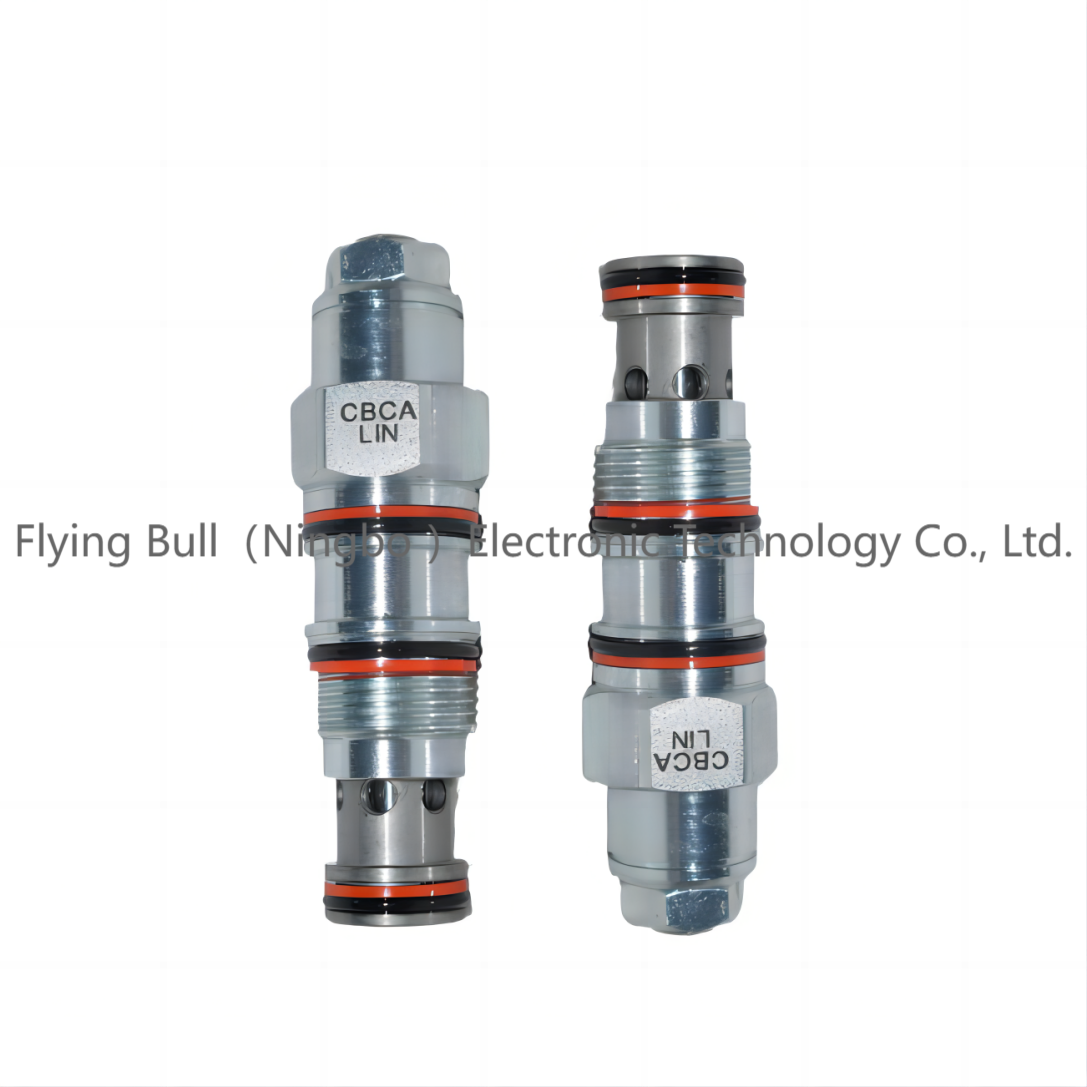
Company details






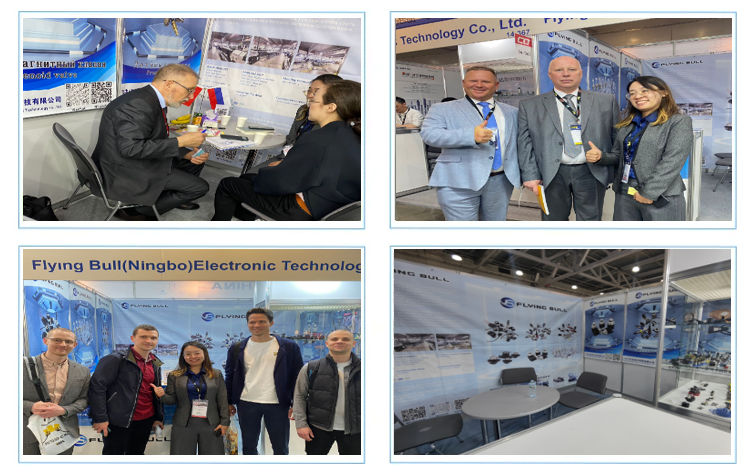

Company advantage
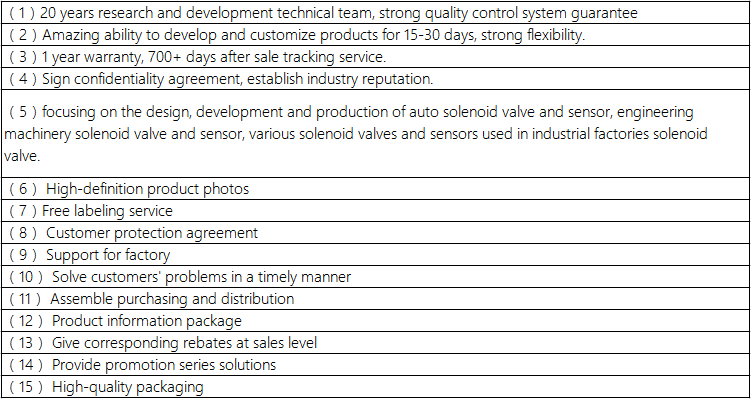
Transportation

FAQ









